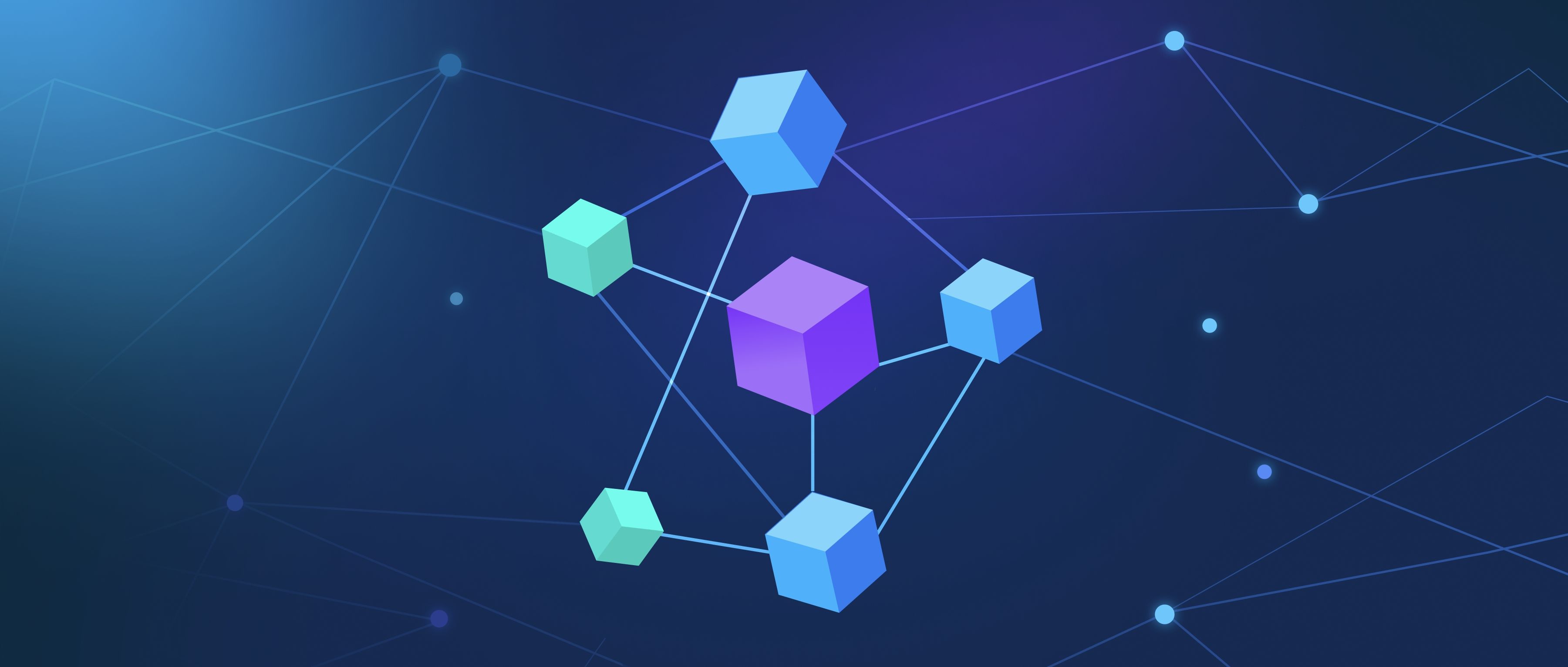To fine-tune OpenAI models for entity recognition tasks, you start by gathering a high-quality dataset that contains labeled examples of the entities you want the model to recognize. Typical examples of entities include names, locations, organizations, dates, and other relevant categories depending on your application. The data should be in a suitable format, such as JSON or CSV, where each entry consists of text and associated entity tags, indicating the start and end positions of the entities within the text. For instance, if your text is "OpenAI was founded in December 2015," you would label "OpenAI" as an organization and "December 2015" as a date.
Next, you'll need to use a framework such as the Hugging Face Transformers library, which simplifies the fine-tuning process. You can start with a pre-trained model like GPT or BERT, as they have a solid grasp of language structure. You'll load your labeled dataset, tokenize the text using the model's tokenizer, and define a training script. This script will adjust the model weights based on your dataset, allowing it to recognize patterns and entities more effectively. It's important to monitor performance metrics like precision, recall, and F1 score to ensure your model is learning appropriately.
Finally, after fine-tuning, you should test your model on a separate validation set to evaluate its performance. This step is crucial for understanding how well your model can generalize to new, unseen data. Post-evaluation, you may need to iterate on the dataset or fine-tuning process by adding more examples or adjusting hyperparameters like learning rate or batch size. By continuously refining your approach based on feedback, you can enhance the entity recognition capabilities of the OpenAI model for your specific use case.
